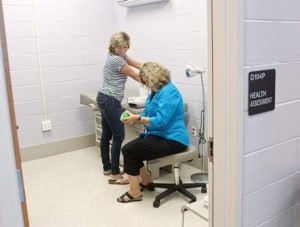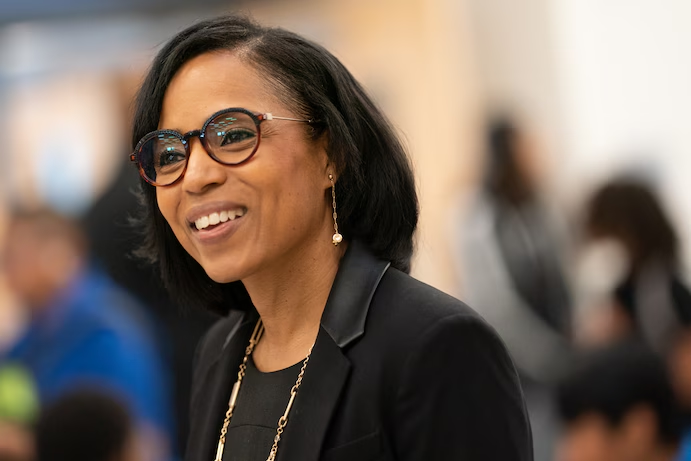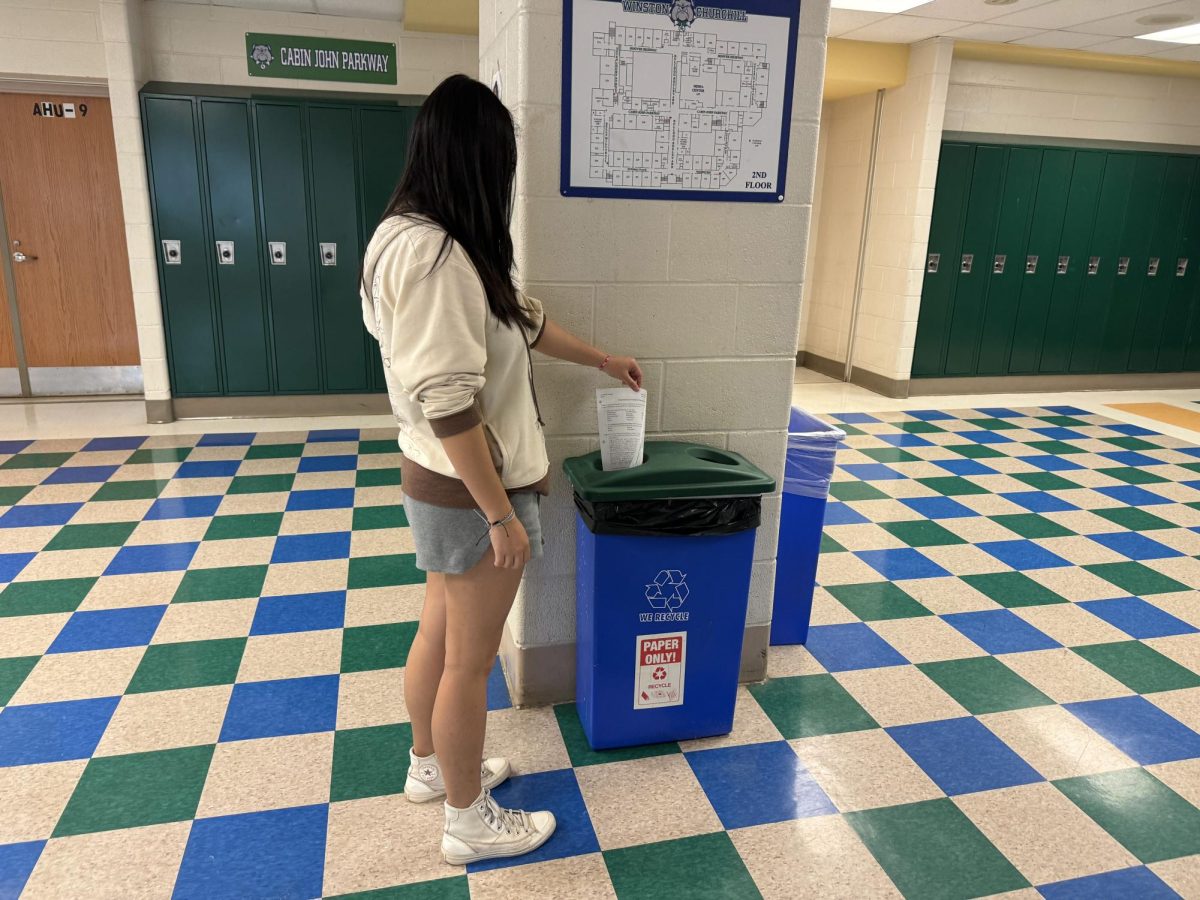
MCPS has established school-based wellness centers at Gaithersburg High School and Watkins Mill High School this school year to raise health awareness and make medical services more accessible to their students. The only other high school in the county with a wellness center is Northwood High School, which has had one since 2008.
According to MCPS Spokesman Dana Tofig, the wellness centers provide healthcare, mental health services and other services to students and their families.
“It is a doctor’s office in its simplest form,” said Katherine Howard, a nurse practitioner at Gaithersburg High School. “Our wellness center frequently performs physical immunizations, addresses sick visits, and prescribes medications.”
The centers are staffed with a part-time pediatrician, a nurse, a social worker and a clinical youth counselor. However, the wellness center is not a substitute for the students’ private physicians.
“Chronic conditions require follow-ups where we give the student referrals to their pediatricians and do some basic workup to ease the process with their doctors,” Howard says. “We have a close network with their private physicians who we work with for the students’ health.”
The wellness centers also offer services to students’ families who cannot afford health insurance.
According to Howard, MCPS has an insurance program called Care for Kids that allows siblings of students from less privileged families to use the services of the wellness center free of charge.
The wellness centers cost about $1.7 million and have received funding from the Department of Health and Human Services, according to the MCPS Wellness Center Proposal. Non-profit organizations, including Identity Youth and Pride Youth Services contributed significantly to their funding and regularly send counselors to work there.
The concept of high school wellness centers is part of a larger MCPS collaborative initiative.
“It is a way the school district and county can work together to provide services—educational and non-educational—to families, many of which are living in or near the poverty line,” Tofig said.
Given the criteria for having a wellness center, it is unlikely that CHS will get one.
“The focus has been to put these centers—and similar partnerships—in schools where there is a high need financially and larger number of students and families that may not have access to healthcare and other services, ” Tofig said.







